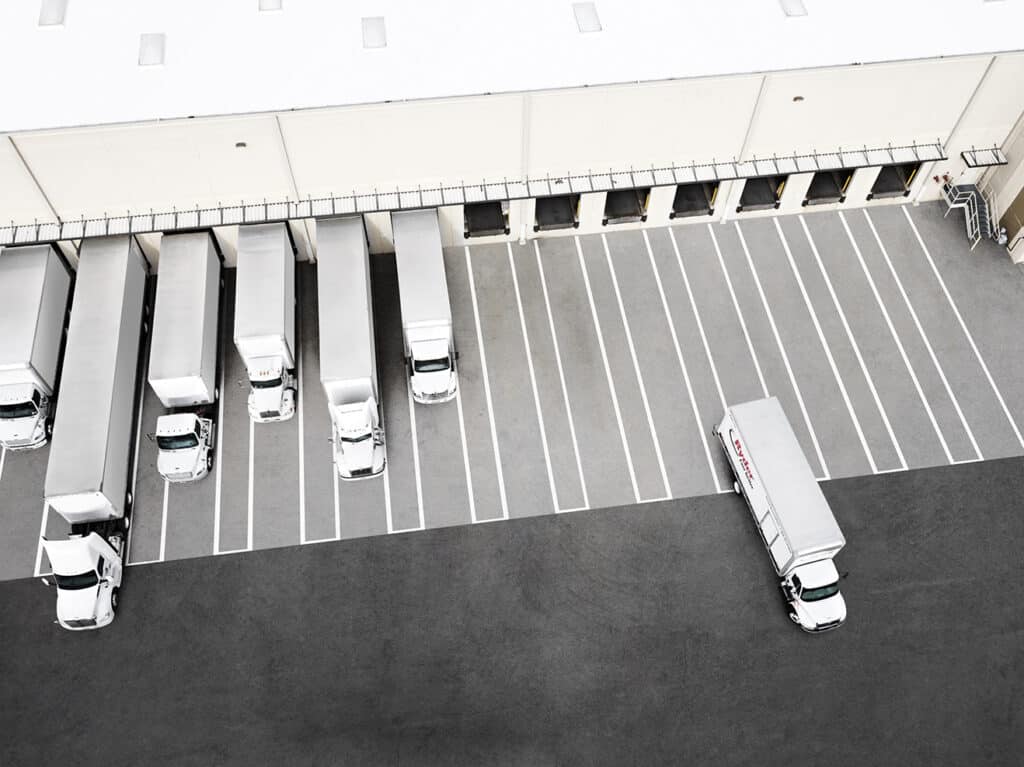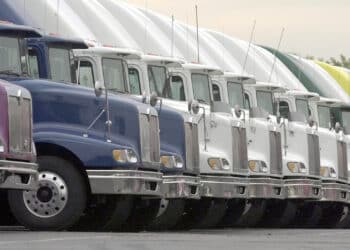As transportation fleets continue to transition toward electric vehicles, the pricing and charging infrastructure for EVs is pushing costs higher than diesel fleets.
The annual estimated total cost to transport goods by EVs compared to diesel vehicles remains higher across every vehicle classification, according to Ryder System’s qualitative analysis of the markets on May 8. According to the report, there is a:
- 5% higher cost to transport for light-duty transit vans;
- 114% higher cost to transport for heavy-duty tractors; and
- 67% higher cost to transport for an all-electric mixed fleet consisting of 25 light-duty vehicles, 25 medium-duty vehicles and 25 heavy-duty vehicles.
Two key factors contributed to the difference in total cost to transport between light-duty fleet, heavy-duty fleet and mixed fleet vehicle electrification, Darren Epps, senior director of advanced vehicle technology at Ryder, told Equipment Finance News.
“First, the price premium on larger EVs versus gas/diesel, particularly tractors, is significantly higher than light-duty transit vans,” he said. “Second, straight trucks and tractors, in almost all cases, require DC fast charging [three-phase, 480 volts], which can cost 50 times more than AC Level 2 [single-phase, 208V/220V, similar to a dryer plug] charging used by electric vans.”
Economic impact

Rising labor costs also represent a key concern in the transition to EV fleets, with an estimated increase in labor costs of 19% to 20%, depending on the state, according to the report.
“The headwind is likely to remain in the short term as EV refueling time and payload are unlikely to match gas/diesel units,” Epps said.
In addition, the potential inflationary impact of price increases as a company transitions to a mixed EV fleet from a diesel fleet ranges between a 0.5% to 1% increase to overall inflation, according to the report. For perspective, U.S. inflation rose 0.9% between March 2021 and March 2024, according to the Bureau of Labor Statistics.
Benefits to waiting
While government agencies such as the California Air Resources Board and the Environmental Protection Agency continue to put policies in place that are scheduled to take effect in 2027, some customers can still benefit from waiting, depending on their needs, Epps said.
“Early adopters of any new technology take the risk of obsolescence, in this case, a new vehicle technology [hybrid, hydrogen, for example] or charging technology, for instance, megawatt charging] emerging after a customer invests in current technology,” he said. In addition, “national, state and local policies — which could include mandates and/or incentives — can change in an election year.”
The Equipment Finance News Directory lists banks, captives and independent lenders and allows users to filter by sector, region and other categories. Lenders may also add their businesses to the directory or claim and customize previously entered entries.









